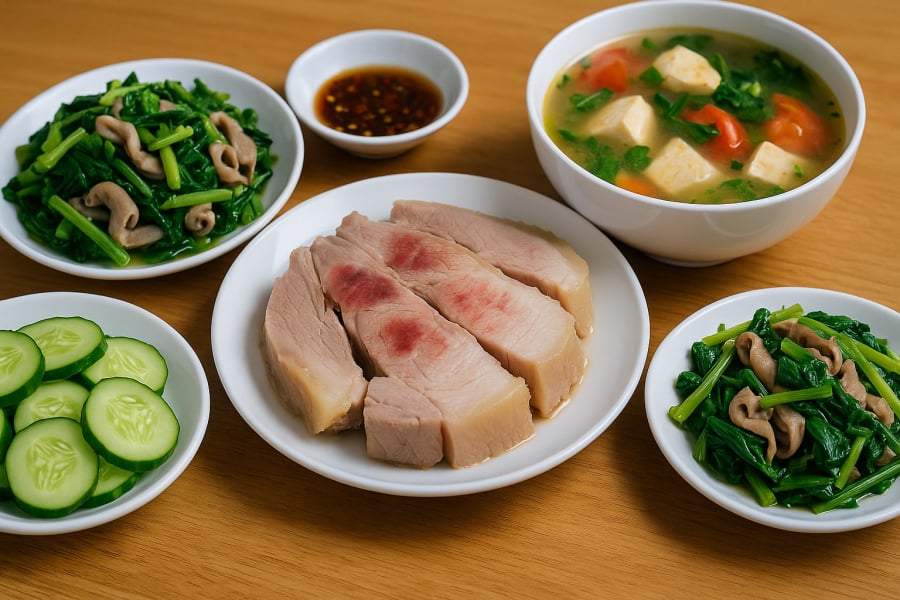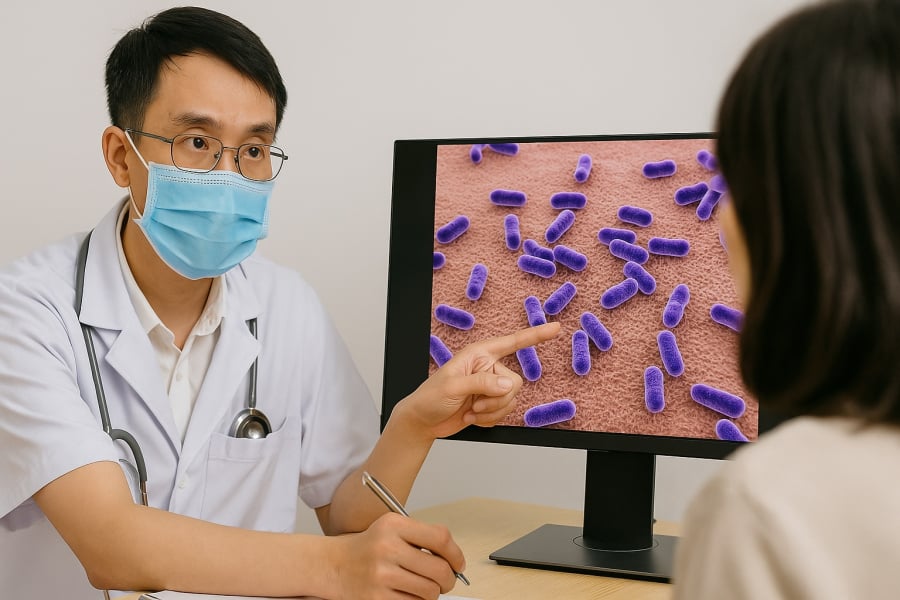The Invisible Assassin in Your Food: Protecting Your Family from Contaminated Pork
It’s not without reason that health experts continuously warn against consuming sick pork, especially during complex livestock disease outbreaks. Pigs infected with diseases often carry dangerous pathogens such as Salmonella, E. coli, and Listeria. These bacteria, when ingested, can cause diarrhea, vomiting, abdominal pain, fever, and even sepsis if left untreated.
Of greater concern is the presence of parasites such as trichinella spiralis and tapeworms, which may go unnoticed in contaminated pork. Once these parasites enter the human body, they can cause damage to various organs, including the eyes, brain, and heart, leading to severe complications.

Boiling May Not Be Enough: Bacterial Toxins Can Survive High Temperatures
A common misconception among households is that “thorough cooking will kill all bacteria.” Unfortunately, this is not entirely true. In reality, various toxins produced by bacteria in sick pork, such as endotoxins, histamine, and mycotoxins, can survive cooking temperatures of 100°C (212°F). These toxins are dangerous and can lead to severe reactions such as continuous vomiting, acute diarrhea, high fever, and hypotension. In more severe cases, individuals may experience toxic shock, posing a direct threat to their lives.
How to Identify Unsafe Pork?
Distinguishing sick pork by sight alone is challenging, especially when the meat has been cut into small pieces or marinated. However, there are some warning signs to look out for:
- Pale, watery meat with reduced elasticity.
- An unusual foul odor, distinct from the typical fresh pork smell.
- The presence of small white spots or cloudy, broken muscle fibers on the meat surface.
- Offal with a strong fishy odor and lacking clarity.
Additionally, traditional dishes such as ‘nem chua’ and ‘nem thính’—if made from unclear raw pork—pose significant risks. Therefore, it is crucial to exercise caution when consuming raw or undercooked pork dishes, which are commonly favored during celebrations.
Expert Warning: Caution from Selection to Serving
BSCKI Le Van Thieu, from the Department of Comprehensive Infectious Diseases at the Central Hospital of Tropical Diseases, shares an important message: “People often believe that boiling is enough to ensure safety, but with sick pork, toxins and parasites can still cause harm. Consuming contaminated food can have severe consequences, especially for the elderly, children, and pregnant women.”
The specialist advises consumers to choose pork from clear sources that have undergone veterinary inspection. When preparing pork, it is recommended to wash the meat with diluted salt water and use separate cutting boards for raw and cooked meat to prevent cross-contamination.

Stay Safe with These Tips When Consuming Pork
- Trusted Sources: Purchase pork from reputable markets, supermarkets, or shops with veterinary certification.
- Vigilant Inspection: Opt for pork with a fresh pink hue, dryness, and absence of slime or unusual spots.
- Thorough Cooking: Avoid consuming raw or undercooked pork dishes. When boiling or stewing, ensure it reaches a rolling boil for at least 15 minutes.
- Hygienic Practices: Utilize separate knives and cutting boards for raw and cooked food. Clean and dry them after use.
- Regular Deworming: Implement deworming for your family every six months, as advised by your physician or pharmacist.
In Conclusion
Pork remains an important source of nutrition in daily meals, but it can become a silent enemy to our health if not chosen carefully. Protecting your family doesn’t mean abstaining entirely but rather, being knowledgeable and vigilant about the smallest details in your kitchen.






































